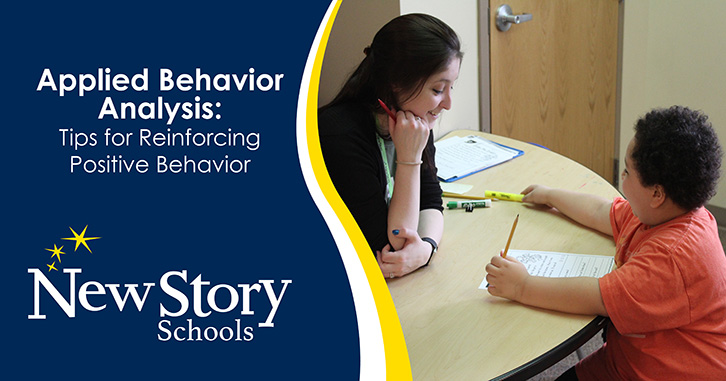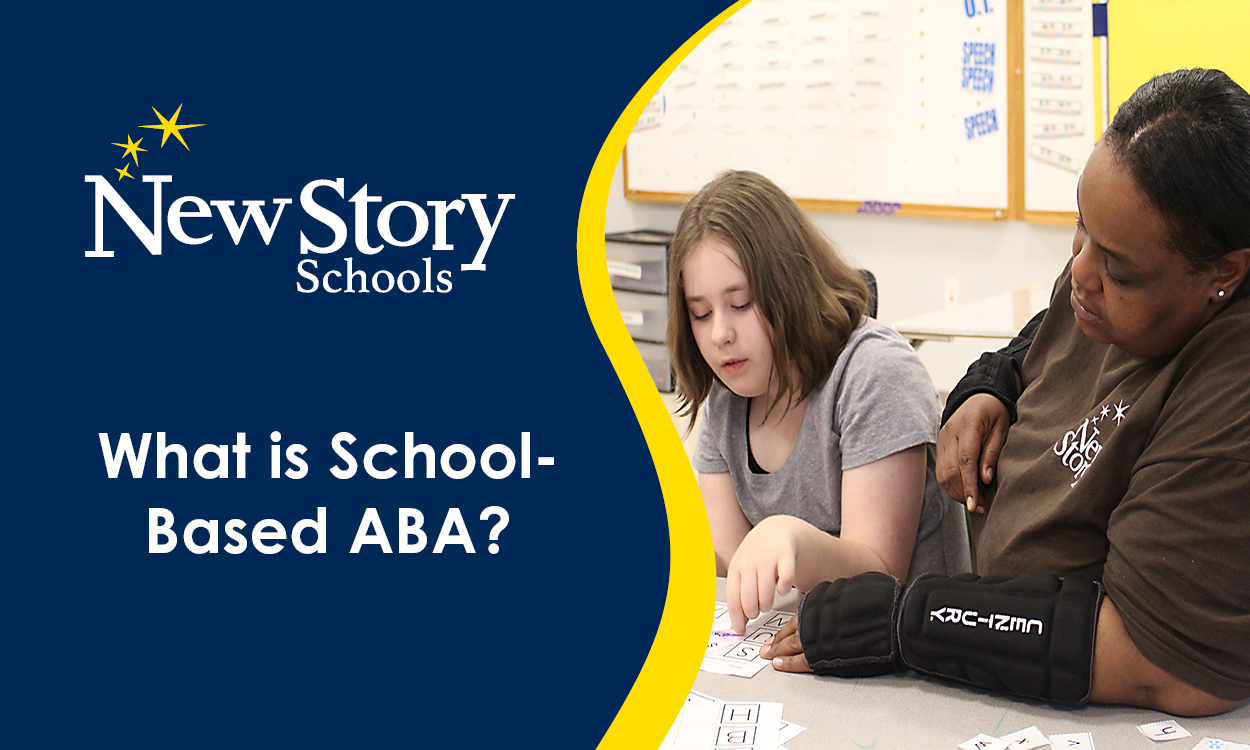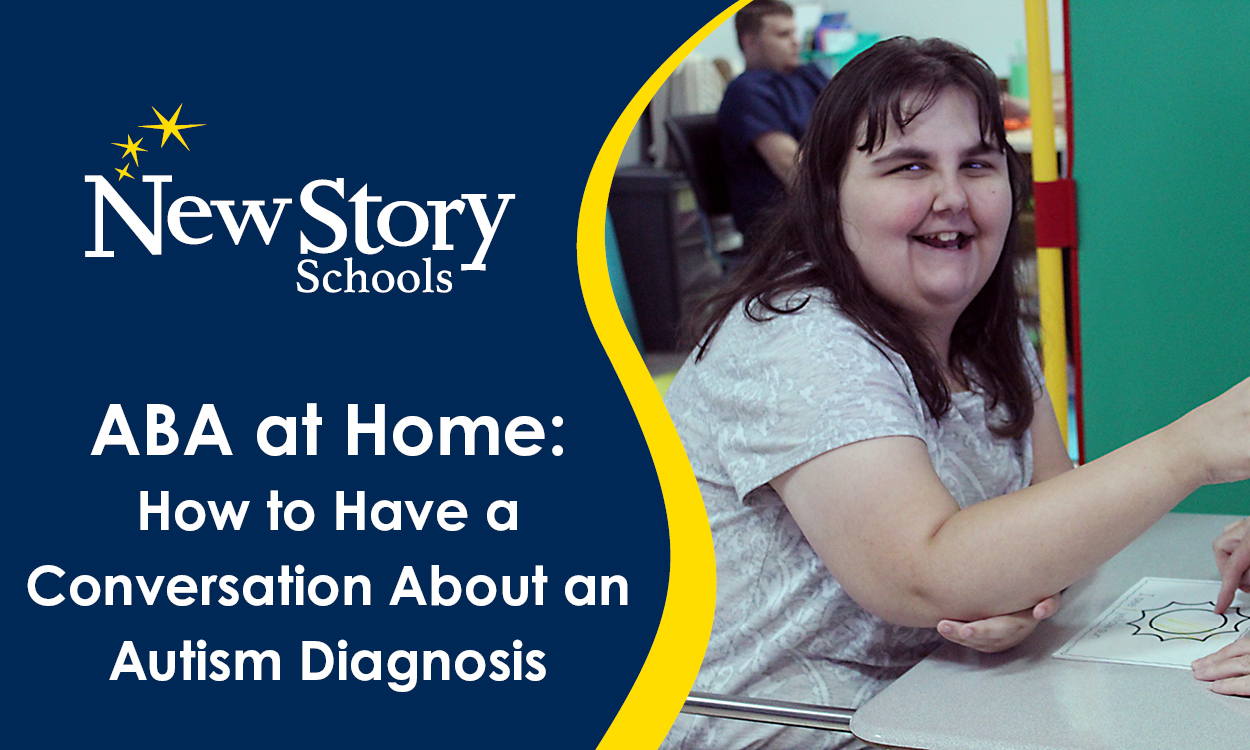ABA Tips for Reinforcing Positive Behaviors
Posted: September 23, 2020 | Written By: Beverly Fink | Category: At Home Help

There are many ways to help your child understand the kind of behavior you expect, and to reinforce those good behaviors when they happen. Positive Reinforcement is one strong option. Here are some tips about how you can incorporate this into your interactions with your child.
What is Positive Reinforcement?
Positive Reinforcement is a strategy that involves adding something to the environment when a specific behavior occurs, in order to increase that behavior in the future. For example, if your child responds well to praise, you can say, "Thank you for cleaning up your toys!" If your child likes music, add a song to the clean-up routine to make the task more appealing. Many teachers and parents also use tangible items such as small edible treats, or fidget items such as playdough, to positively reinforce behaviors.
Positive Reinforcement teaches children that engaging in appropriate behaviors produces a greater benefit than engaging in problem behaviors, which usually result in some type of consequence (loss of privileges, extra chores, etc.).
When can Positive Reinforcement be used?
Positive Reinforcement can be used to teach new skills or strengthen existing behaviors. New skills could include writing, making a bed, sharing with others, reading, or playing a musical instrument. Existing behaviors that can be improved using positive reinforcement can include following directions, improving social skills, communication skills, and increasing independence with life skills such as feeding and caring for oneself.
Developing replacement behaviors is essential for teaching new behaviors and strengthening existing behaviors. For example, if your child becomes frustrated when asked to clean up and acts out by arguing, verbally refusing and throwing items, you could replace those behaviors by teaching the student to ask for help or ask for a break. When the child engages in the replacement behavior instead of the problem behavior, reinforce that behavior using some of the ideas you're reading about here.
What can I use to positively reinforce appropriate behaviors?
There are a few things to consider when choosing a reinforcer for your child. Most importantly, you will need to find items or activities that are highly motivating. In order to increase the value of the reinforcer, restrict the use of the item activity when it is not earned. For example, if your child is earning screen time, then keep the screen time limited outside of the reward. If access to the reinforcer is always readily available, it will lose its appeal.
Another consideration is your child's age. Younger children may be motivated by stickers, small edibles, helping an adult, or playing on the computer. Older children and teens may be motivated by a monetary allowance, extended curfew, independence during activities, and time with friends.
Lastly, consider varying the reinforcer based on the response effort of the child. The greater the effort, the greater the reward! You can easily modify the reinforcer based on the child's performance. If they do a superb job with a task, give extra or a larger reward. If only a mediocre amount of effort was given, reduce the amount of the reinforcer or provide a less-preferred item.
How often should I reinforce positive behaviors?
Many parents share a concern that children may become dependent upon positive reinforcement in order to behave appropriately. This will not happen if reinforcement is faded out over time. The goal is for reinforcement to come from the natural environment instead of a contrived source. For example, if a child is working on improving social skills with peers, having positive relationships will become the natural reinforcer, not rewards from an adult.
It is best practice to provide reinforcement for new skills frequently in the beginning, and then fade back the reinforcement as the skill becomes acquired. Once the skill is mastered and can be performed independently, reinforcement can be provided sparingly, on an intermittent basis. The age and development level of the child will also have an impact on the amount of reinforcement that is necessary. For example, an older child who is more independent may require less frequent reinforcement than a younger child. Children and younger adults with disabilities may require more frequent reinforcement than their typically developing peers.
Hopefully, this has helped you with some ideas on how to reinforce positive behavior with your child.
Want to be notified of new articles and resources from New Story Schools? Submit your email and opt into our newsletter!









